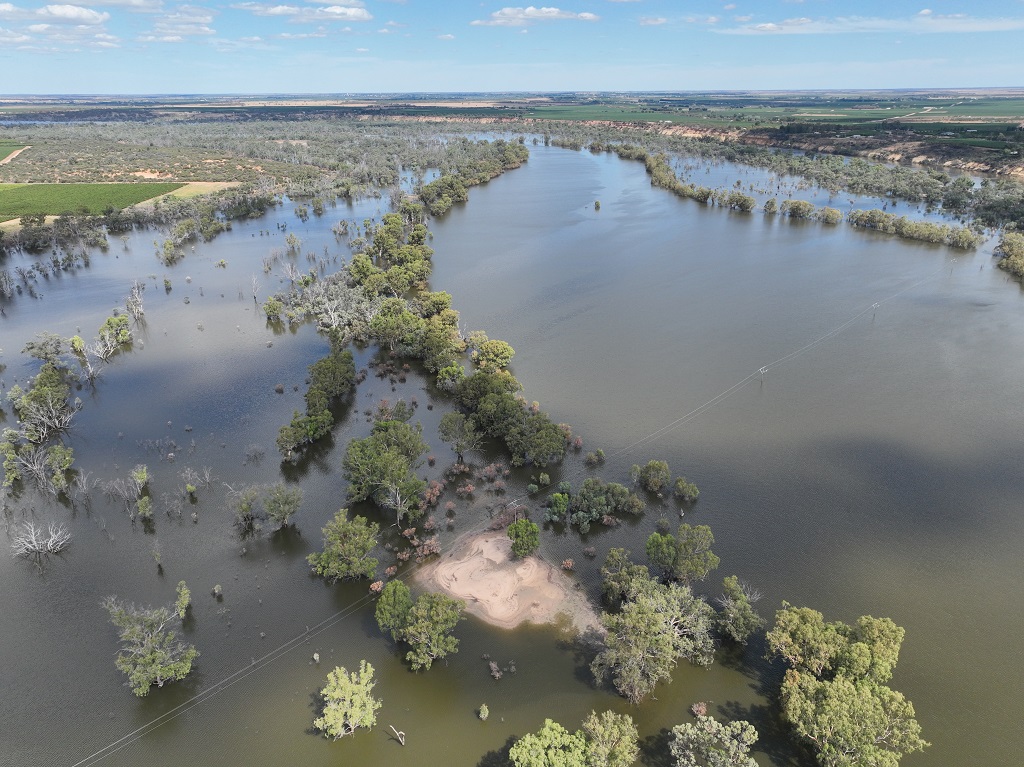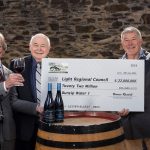Markaranka wetland in South Australia during watering. Image courtesy Treasury Wine Estates
Treasury Wine Estates (TWE) has marked its contribution to regional biodiversity with the 15th year of its wetland rejuvenation project at South Australia’s Markaranka vineyard.
The initiative delivers environmental water to the 200-hectare wetland and scrubland area in the Riverland region, creating an abundance of breeding activity for vulnerable and threatened species including the Southern bell frog and Regent Parrot. The targeted water delivery program has also led to stronger, healthier canopies in black box trees and river red gums, including some trees that are hundreds of years old, as well as seed germination for a range of local tree species.
Before:
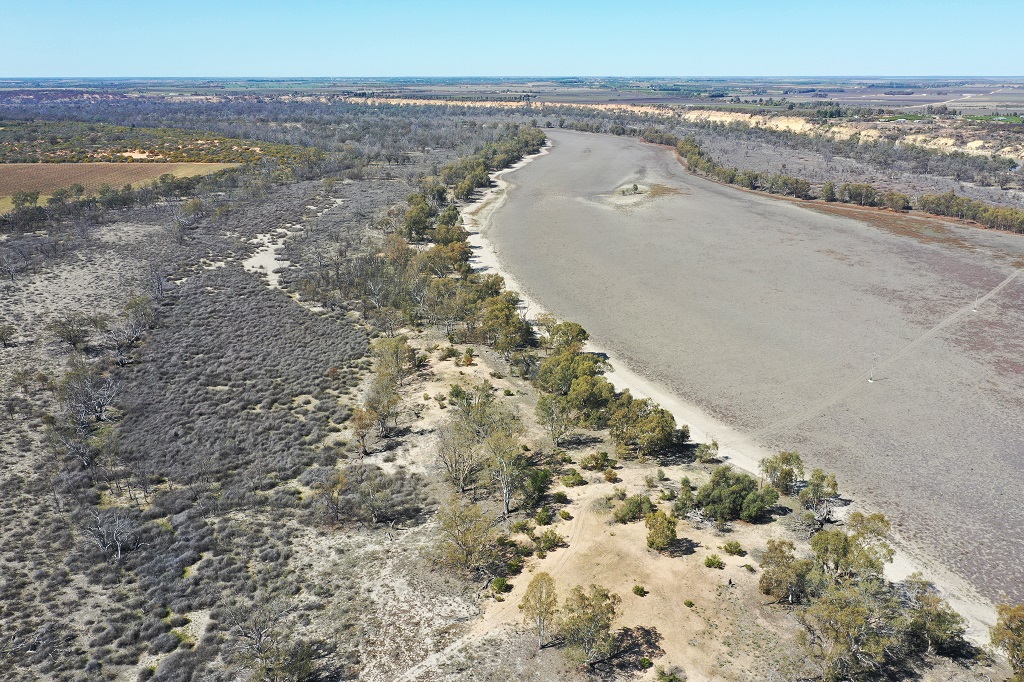
After:
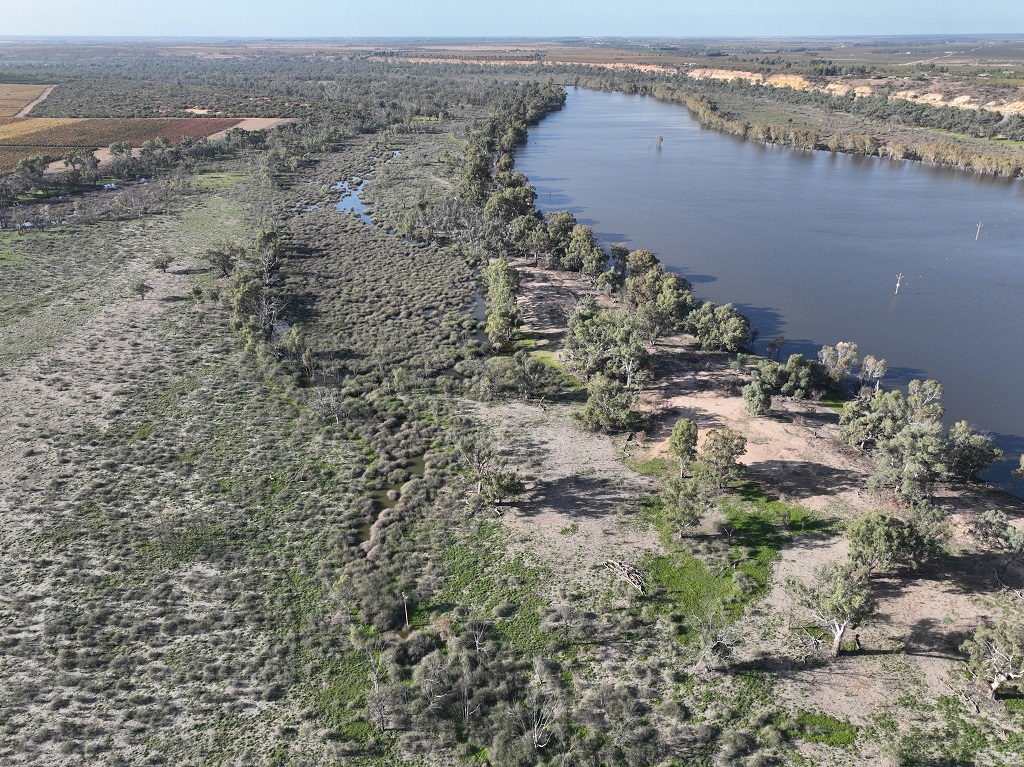
A collaboration between South Australia’s Murraylands and Riverland Landscape Board, the Commonwealth Environmental Water Office and Treasury Wine Estates, the project bolsters wetland and floodplain health by simulating the regular wetting-drying cycle that wetland ecosystems rely on. TWE has donated about 795 megalitres of water – the equivalent of more than 300 Olympic-sized swimming pools – since the program started in 2009, as well as providing technical support and maintenance through its local vineyard team. Featuring varietals including Shiraz and Cabernet Sauvignon used in the Penfolds range of fortified wines, Markaranka vineyard is reliant on the health of the ecosystem supported by the nearby River Murray.
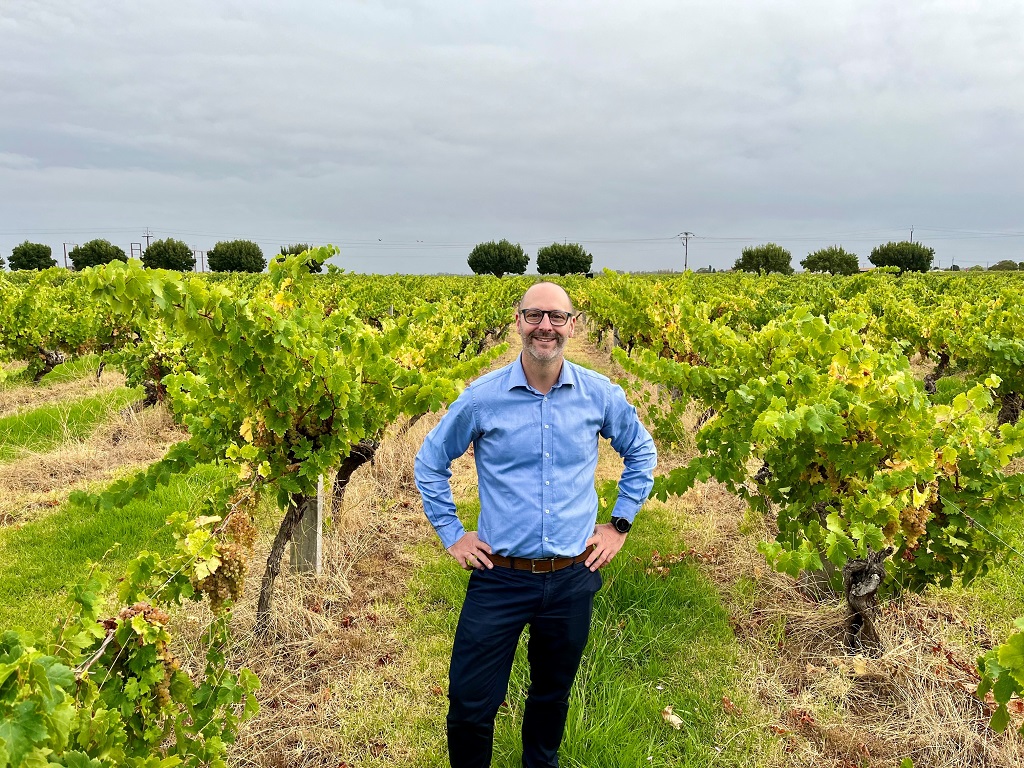
TWE’s global director of sustainability, Michael Parks, said improving biodiversity was a priority for the company, which recently released its inaugural water strategy, Treasuring Water.
“As an agricultural business at heart, we’re focused on cultivating a better future – including boosting biodiversity and ecosystem health in the regions where we operate. Markaranka is an ecologically significant wetland complex, and we’re proud to be helping create the right conditions for local flora and fauna to thrive. We’re all custodians of our natural environment and protecting it for future generations is part of our ambition to lead the industry in sustainability.”
While the 2022/23 flood boosted the wetland complex, the lack of regular high flows in between natural floods means long-lived trees such as the river red gum can become stressed in dry years. The Markaranka Wetland Complex is one of several sites in the South Australian Murray Darling Basin that continuously receives environmental water to boost wetland and floodplain health in between flood years. Flows in the River Murray need to reach 70,000 megalitres of water a day to naturally inundate the site. Without this water, wetland floodplain health is compromised, which in turn impacts breeding habitats for water-dependent plants and animals including fish, frogs, turtles, and birds. The number of bird nests, including cormorant and darter species, has significantly increased since the influx of water and improved conditions of prime nesting trees across the basin.
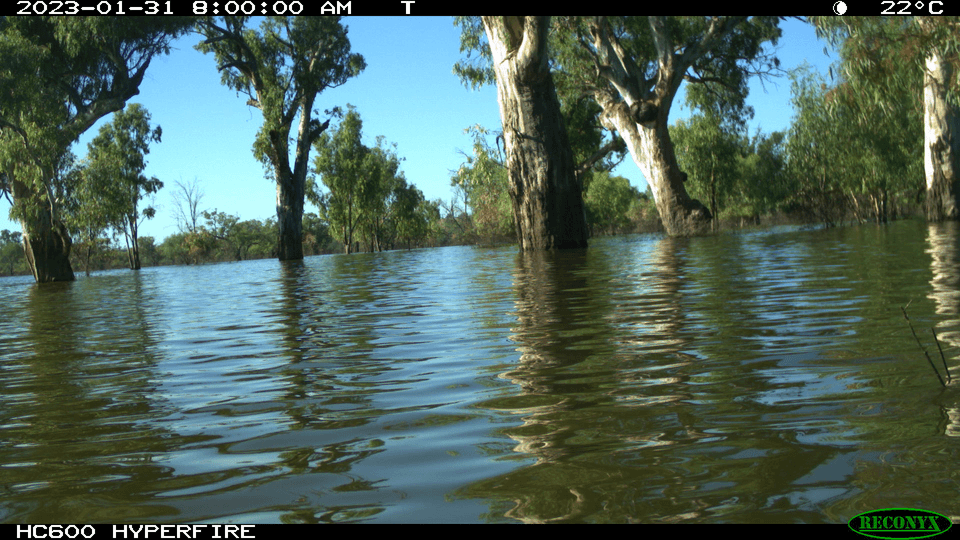
Wetlands Ecologists with the Murraylands and Riverland Landscape Board observed wetlands that are in good health before a flood comes provide far greater shelter, food and breeding opportunities than a floodplain in poor condition.
“Healthy tree canopy, lush lignum shrublands and a diverse array of plants supported so much wildlife at Markaranka during environmental watering events and during the flood – a contrast to floodplains that were highly stressed from a lack of water,” said wetland ecologist Annie Kriesl.
Delivering water to wetlands in between floods via pumping has other benefits, including creating wetland areas with clear water that allows aquatic plant growth, and is free from the invasive common carp.
Wetland Ecologist Steph Robinson described the transformation triggered by the water delivery.
“Frogs started calling as soon as the pump started and once water levels started to reach fringing vegetation, it was a full-blown cacophony. With prime habitat that’s free of predators, many water-dependent plants and animals have a much greater success rate: it’s just one piece of the puzzle to build biodiversity in the region.”
The main lagoon of the complex will now undergo a dry phase, an important part of the wetlands hydrological cycle. Positive ecological outcomes are expected to continue, supporting the growth of germinated seedlings and allowing plants to colonise the wetland bed, ready to provide areas for water-dependant animals to breed when watering recommences in the coming season.
TWE’s commitment to treasuring water extends across its global operations, also contributing to riparian health and regional biodiversity of California’s Napa Valley region with the Napa River Restoration Project and New Zealand Wairau riverbank restoration project.
More information on TWE’s water strategy is available in the 2023 Sustainability Report.
Are you a Daily Wine News subscriber? If not, click here to join our mailing list. It’s free!
